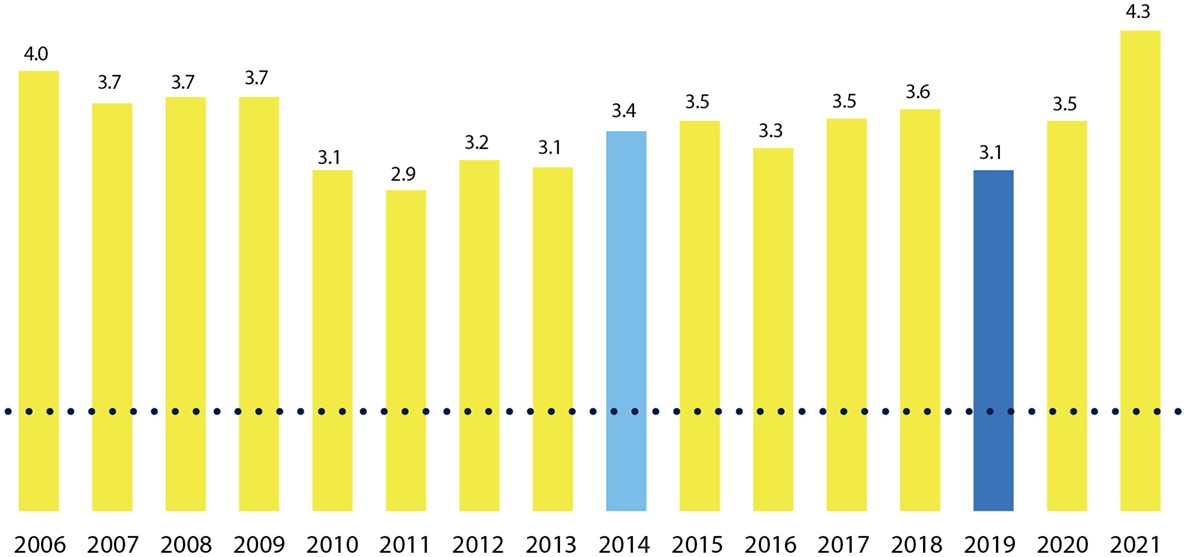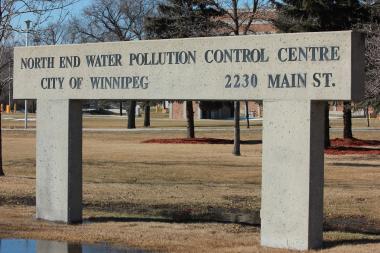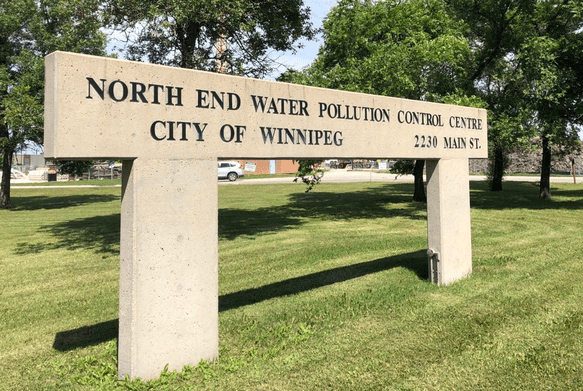
sewage treatment
Call to action:
We need your help. Tell Manitoba’s minister of Environment and Climate Change to accelerate phosphorus compliance at Winnipeg’s north end sewage treatment plant.
Winnipeg’s North End Water Pollution Control Centre (NEWPCC) is the city’s largest sewage treatment plant and the single-largest point source of phosphorus to Lake Winnipeg
Manitoba’s government first set the conditions of NEWPCC’s operating licence in 2005 – among them, a requirement that the total phosphorus concentration in the plant’s wastewater effluent not exceed 1 mg/L. To date, NEWPCC remains non-compliant with this limit – and two provincial deadlines to achieve compliance have been missed.
Proven, cost-effective and efficient solutions to meet phosphorus limits for sewage effluent have already been implemented in jurisdictions across North America.
Together with our members, we continue to advocate for accelerated phosphorus compliance at Winnipeg’s north end sewage treatment plant as a priority infrastructure upgrade.
Annual average phosphorus concentration in NEWPCC effluent
NEWPCC phosphorus concentrations (mg/L) have consistently exceeded the provincial licence limit since public reporting began


Phosphorus limit of 1.0 mg/L specified in NEWPCC provincial operating license
First missed NEWPCC compliance deadline: Dec. 31, 2014
Second missed NEWPCC compliance deadline: Dec. 31, 2019
Our collective advocacy is having an impact.
A chemical phosphorus-reduction system based on a design first proposed by LWF and our partners in 2019 is now up and running at NEWPCC. This system uses a chemical called ferric chloride to bind to phosphorus and settle out of the liquid waste.
Early monitoring data suggest the chemical system is already outperforming projected expectations. This is a significant milestone and the single most important step the city has taken to protect Lake Winnipeg: a success made possible thanks to the tireless advocacy efforts of concerned citizens who joined us in speaking up for a practical, proven, cost-effective approach to sewage treatment.
The resulting solid waste generated by chemical phosphorus reduction requires increased biosolids digester capacity for effective treatment. A new biosolids facility at NEWPCC is the City of Winnipeg’s No. 1 infrastructure priority.
We are now urging the Manitoba’s government to use its authority as environmental regulator and take action to ensure phosphorus compliance at NEWPCC will be achieved by the province’s extended deadline of 2030.
Specifically, we are recommending that Manitoba’s government:
- Reinforce phosphorus compliance as the primary provincial requirement for the protection of Lake Winnipeg, as articulated in Manitoba’s Water Protection Act;
- Amend NEWPCC’s provincial operating licence to require that the provincial phosphorus limit be met through chemical phosphorus reduction as part of the new biosolids facilities project; and
- Increase funding for biosolids facilities construction, contingent on these additional provincial funds being used to meet and sustain phosphorus compliance upon completion of these new biosolids facilities.
The provincial government has a responsibility to protect Lake Winnipeg. We are closely monitoring progress towards phosphorus compliance at NEWPCC and will continue to hold Manitoba’s elected leaders accountable to this responsibility.
Thank you for joining us as we speak up for Lake Winnipeg. Together we are making a difference!
latest sewage news
LWF calls for an environmental review of Manitoba's hog industry
LWF’s executive director responds to Manitoba’s Budget 2025
Chemical phosphorus reduction offers sewage solution in face of rising costs
learn more
Achieving Phosphorus Compliance at Winnipeg's North End Water Pollution Control Centre
Jointly released by LWF, the Lake Winnipeg Indigenous Collective and the International Institute for Sustainable Development in advance of Winnipeg’s 2022 election, this report lays out the specific city council commitments required to achieve accelerated phosphorus compliance at Winnipeg’s North End Water Pollution Control Centre.





